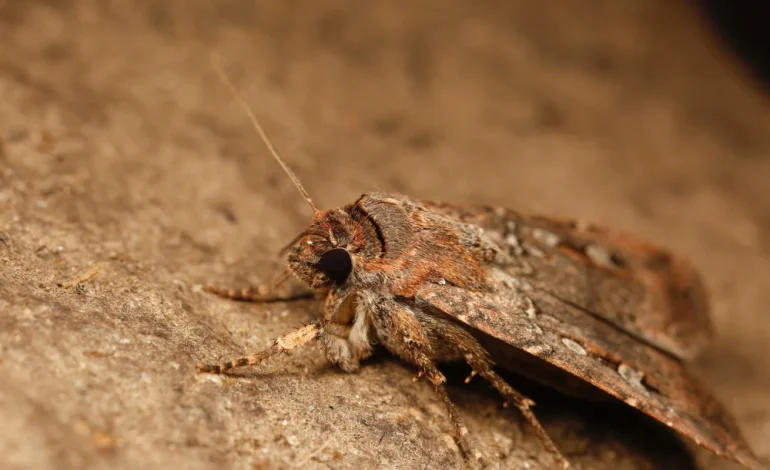Australian Moths Use Starry Skies to Navigate Long-Distance Migration, Study Finds

A new study published in Nature reveals that Bogong moths, small nocturnal insects native to Australia, use the night sky to navigate their long-distance migrations—marking the first time scientists have documented an invertebrate using stellar cues for navigation.
Each year, billions of Bogong moths undertake a remarkable 600-mile journey from hot lowland breeding grounds in southeast Australia to the cool alpine caves of the Australian Alps, where they enter a summer dormancy known as estivation. In the fall, they return to breed and die, with a new generation taking flight the following year. These new moths, having never made the trip before and without guidance from older moths, still manage to find their way to the exact same caves.
Researchers have previously shown that the moths use Earth’s magnetic field to orient themselves. However, that cue alone was not sufficient to explain the precision of their migration. Now, a team of scientists from Lund University in Sweden, in collaboration with the Francis Crick Institute in London, has found that Bogong moths also rely on visual cues from the starry sky to guide them.
To study this, scientists conducted experiments in a custom-designed flight simulator—a mini planetarium that projected a realistic night sky while eliminating magnetic cues. When exposed to a normal star pattern, moths consistently flew in the direction of their migratory route. But when researchers projected a scrambled or randomized night sky, the moths became disoriented and lost their sense of direction.
“It was a very clean, impressive demonstration that the moths really are using a view of the night sky to guide their movements,” said Ken Lohmann, a biologist at the University of North Carolina who was not involved in the study.
In a second experiment, researchers inserted microelectrodes into the moths’ brains to monitor neural responses while displaying rotating images of the Milky Way. The results showed that certain neurons were activated when the moths faced their migratory direction, suggesting that their brains are wired to process celestial patterns.
Despite their small size and limited brain capacity—comparable to a grain of rice—the Bogong moths demonstrate a sophisticated ability to combine magnetic and visual cues for orientation.
“It’s remarkable that an animal with such a tiny brain can actually do this,” said study co-author David Dreyer.
Like birds and even some beetles, the moths appear to use both systems—magnetic and visual—as complementary tools. This redundancy likely serves as a safeguard, allowing them to continue their journey even if one cue becomes unreliable due to weather or environmental factors.
Bogong moths were added to the IUCN Red List of endangered species in 2021 following significant population declines, partly due to drought and the devastating bushfires of 2020. Understanding how these moths navigate may help conservation efforts, especially in addressing threats like light pollution, which can disorient the moths and draw them into urban areas where they may perish.
“Knowing that they use the night sky to navigate helps us understand how important dark, undisturbed skies are to their survival,” said Andrea Adden, a neurobiologist and co-author of the study.
Protecting the moths, researchers say, means protecting the broader alpine ecosystems that depend on them as a seasonal food source.
NPR, ABC News, Nature, and NBC News contributed to this report.









The latest news in your social feeds
Subscribe to our social media platforms to stay tuned